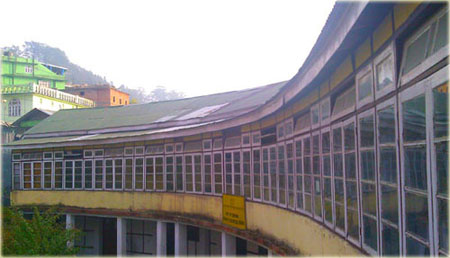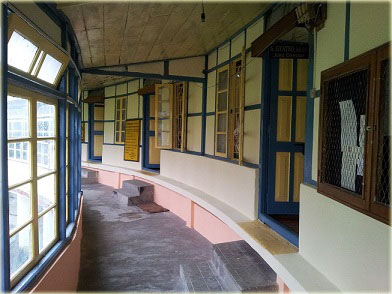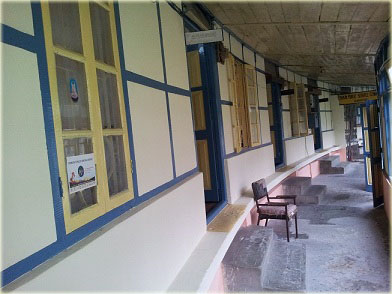|
|
|
The Establishment of the Department of Ecclesiastical Affairs
under the Government of Sikkim.
| In ancient monarchy system of government in
Sikkim, i.e. the period starting from first Chhogyal Phuntshog Namgyal
(1604-1670) to the 7th King Sikyong Namgyal (1819-1874), there existed a unique
system of assembly called “Lhade –Mide which comprised of the representatives
from Sangha or Monastic Community and the representatives from the General
Public. The monasteries were then provided with sufficient lands in the form of
ChoZhi or ‘Monastic Estate’ for the monastic Community to sustain their
religious affairs. |
 |
|
The villages falling under the Monastic Estates paid taxes directly to the monastic
authorities known as Duchi of the respective monasteries. However, with the
passage of time, the then Ruler as well as the people confronted with new
revolutionary traits of the modern thinking and strategies that were taking
their roots across the world.
If we recall the historical facts, it is said that, by
the time Chhogyal Thutob’s (9th King) accession in 1874, the British Empire in
Asia was the paramount fact and Sikkim was already under the full blast of
British diplomacy. King Thutob was then only fourteen while his opposite members
in Darjeeling and Calcutta were men of age and experience. Even before the
accession of King Thutob, the British were looking for trade marts in Tibet.
|

 |
Due to unsuccessful attempt of the British for penetrating into Tibet, the
relation between King Thutob and British Expeditionary personnel deteriorated.
Following which King Thutob was politically detained like prisoner for a long
time at Kurseong. At the mean time, the British got an opportunity to interfere into
the internal administration of the Darwar for their benefit. However, in the
year 1905, the Royal families were invited with other dignitaries like H.H.
Panchen Lama and King of Bhutan to meet the British heir apparent (Prince of
Wales) and his consort at Calcutta. Taking this opportunity, his highness
brought to the notice of the British Viceroy and the higher authorities the question
of restoration of administrative powers in Sikkim. Eventually, on their return,
James Claude White, the Political Officer of Sikkim handed over the Council and
part of the administration to the king, but retained the power to review any
transaction. Soon after Claude White’s power had fallen out. Chhogyal Thutob,
however, through his learning and experiences during his hard times of life,
allocated the responsibility of administration among several ministers and set
up a Secretariat in the same year.In the following year, the first English School was set up in Gangtok
and his son Sikyong Tulku ( Chotal Namgyal) was admitted to Oxford in London. In
1908 Sikyong Tulku returned and took over the administration of Forest,
Monasteries (Gon-Ney Lekhung) and Education. When Sikyong succeeded his father
as tenth Consecrated Ruler in February 1914, he strove to make the monasteries
alive to their social duties. The monastic Estates, though functioning themselves
independently, were brought under the control of the” Gon-Ney Lekhung”. Later,
“Gon-Ney Lekhung” was rendered as an English Translation as “Ecclesiastical Affairs
Department” and it is continuing until to this day with its prime duties of
looking after the welfare of all the faiths throughout the country for
harmonious living and co-existence. |
|
S.
Gyatso Bhutia
Joint
Director
Deptt.
of Ecclesiastical Affairs
Government
of Sikkim.
|
|
Reference: A Concise Chronicle, published by the Royal Wedding Committee,1963.
|
|
| |